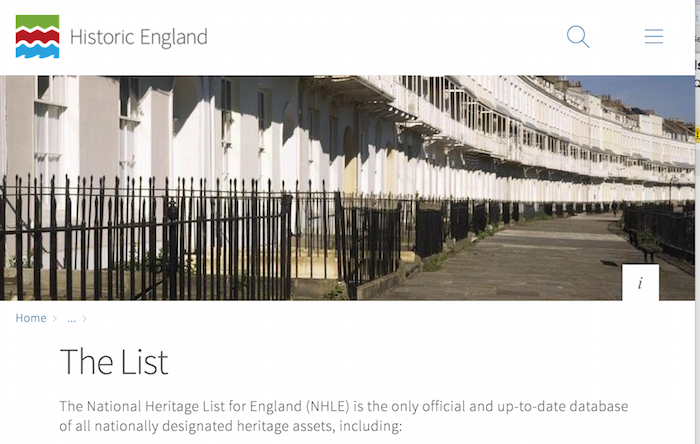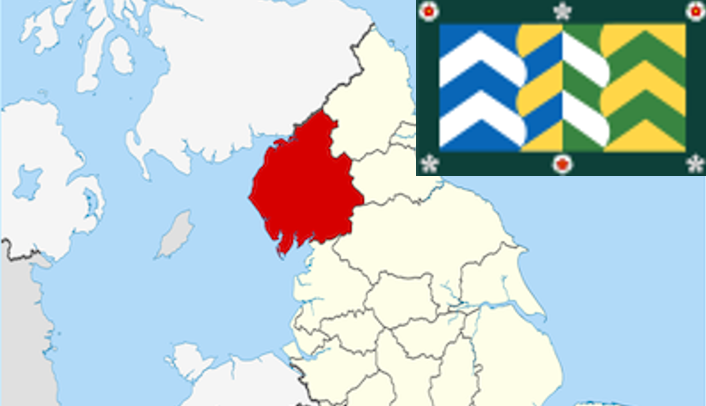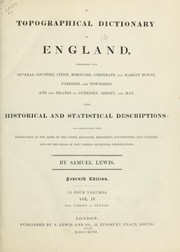Topics > Cumbria > Milburn > Church of St Cuthbert, Milburn
Church of St Cuthbert, Milburn
St Cuthbert's Church lies in an isolated position about 0.5 km across fields to the south west of the village. Although Pevsner considers the sandstone masonry of the chancel to be Norman, it is claimed that the body of St Cuthbert rested here in 876 when monks from Lindisfarne fleeing the Viking invaders toured the county bearing the holy relics of their saint with them. The clue here is in the dedication of the church. If the legend were true it would imply that the present building had an earlier precursor.
The site, with its secluded position above the deep ravine of Stank Beck and its association with nearby strongly-flowing springs is extremely difficult to interpret. Page makes a good case for a correlation between springs and pre-Christian worship at the site of modern-day churches in Cumbria. He includes Milburn in his lists.
Following the departure of the Romans, the Saxons built churches for Christian worship, and the present structure contains re-used stones, some with sundial markings, which can be seen arranged haphazard in the masonry. The building you see today consists of a nave chancel and south aisle.
In the thirteenth century, Robert de Veteripont 1st Baron of Westmorland received the Chapel of Milnebourne from King John. To the church the present nave was added. The north wall had two windows and the west wall one.
In the fourteenth century, Edward II seized the properties of the Knights Templar, who had been founded to protect pilgrims to Jerusalem. An effigy of a Knight Templar was sent from Temple Sowerby to Milburn and placed against the south wall, where it still stands. The west windows were re-set. The two arches were rebuilt to stand as now on the south side. An aumbry (a recess to store sacred vessels near the altar) with a pointed arch, in the south wall of the chancel belongs to this period.
In the seventeenth century, Sir Richard Sandforth of Howgill extended the south side and put a third window there in memory of his wife Anne. The church received its 'chalise and paten' in 1633 and in 1669 the ' bellcot' was erected.
In the eighteenth century the south windows were altered in imitation sixteenth century style.
In the nineteenth century, seven years after Queen Victoria's Jublilee, a major reconstruction took place. A new bellcote was built, retaining the old finials. A new north window was added, matching the south windows. The west window was restored where the doorway had been, and the south door which had been bricked up was re-opened. The old oak box pews were removed and there panels placed against the walls. The east window was redesigned and revealed a coffin lid dated c.1300 used as a memorial to a one time Rural Dean, with shears to cut the tonsure of the priesthood.
The church (extensively restored in 1894) still retains its unpretentious character. It consists of a nave, chancel and south aisle, part of which is now the porch and vestry. There is a small bellcote. The south door is late Norman and a number of decorated stones of Norman date are set into the exterior of the south wall.
Visit the page: Milburn, Cumbria for references and further details. You can contribute to this article on Wikipedia.

from https://historicengland.org.u…
CHURCH OF ST CUTHBERT - Milburn - List Entry
- "Parish church; C13 and later, incorporating some reset C12 work. Coursed, squared rubble with quoins on chamfered plinth. Graduated slate roof with stone-flagged eaves to north side; gabled bellcote to …
Added by
Simon Cotterill


from https://historicengland.org.u…
CHURCH OF ST CUTHBERT - Milburn - List Entry
- "Parish church; C13 and later, incorporating some reset C12 work. Coursed, squared rubble with quoins on chamfered plinth. Graduated slate roof with stone-flagged eaves to north side; gabled bellcote to …
Added by
Simon Cotterill











